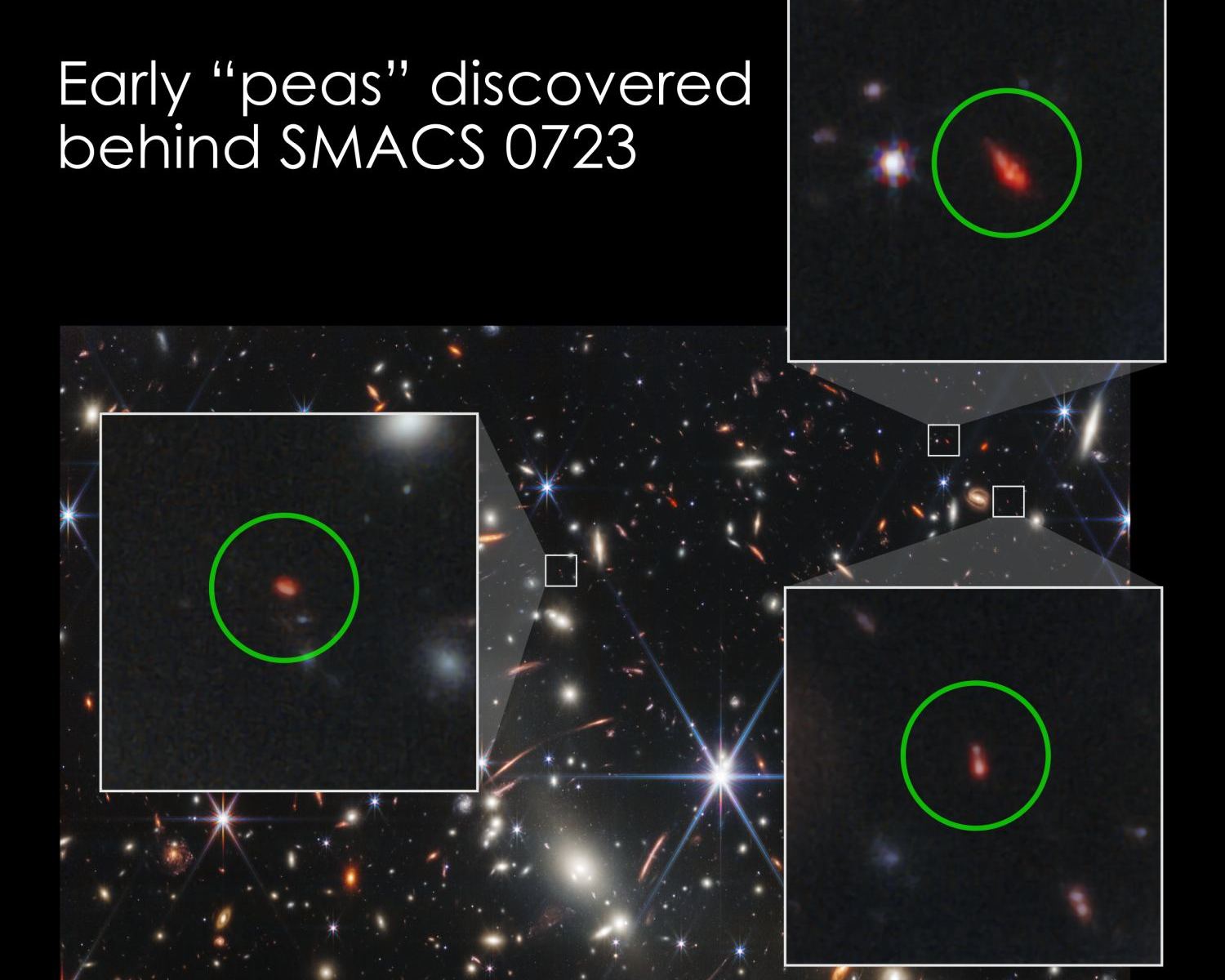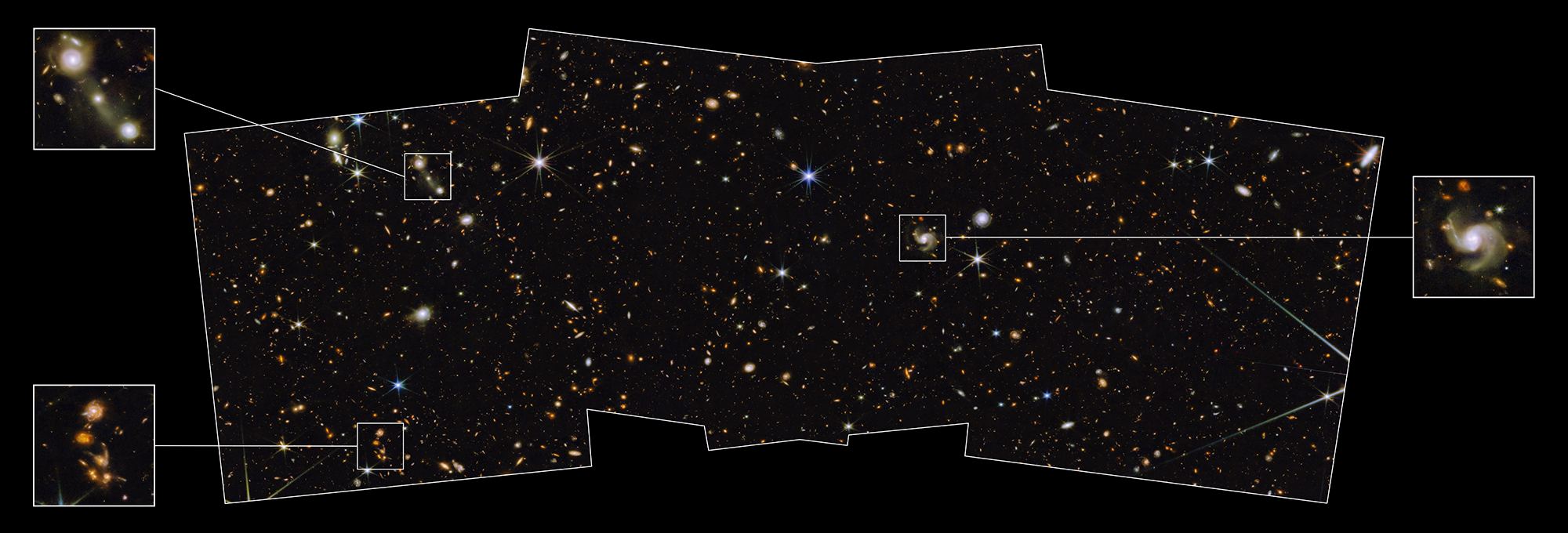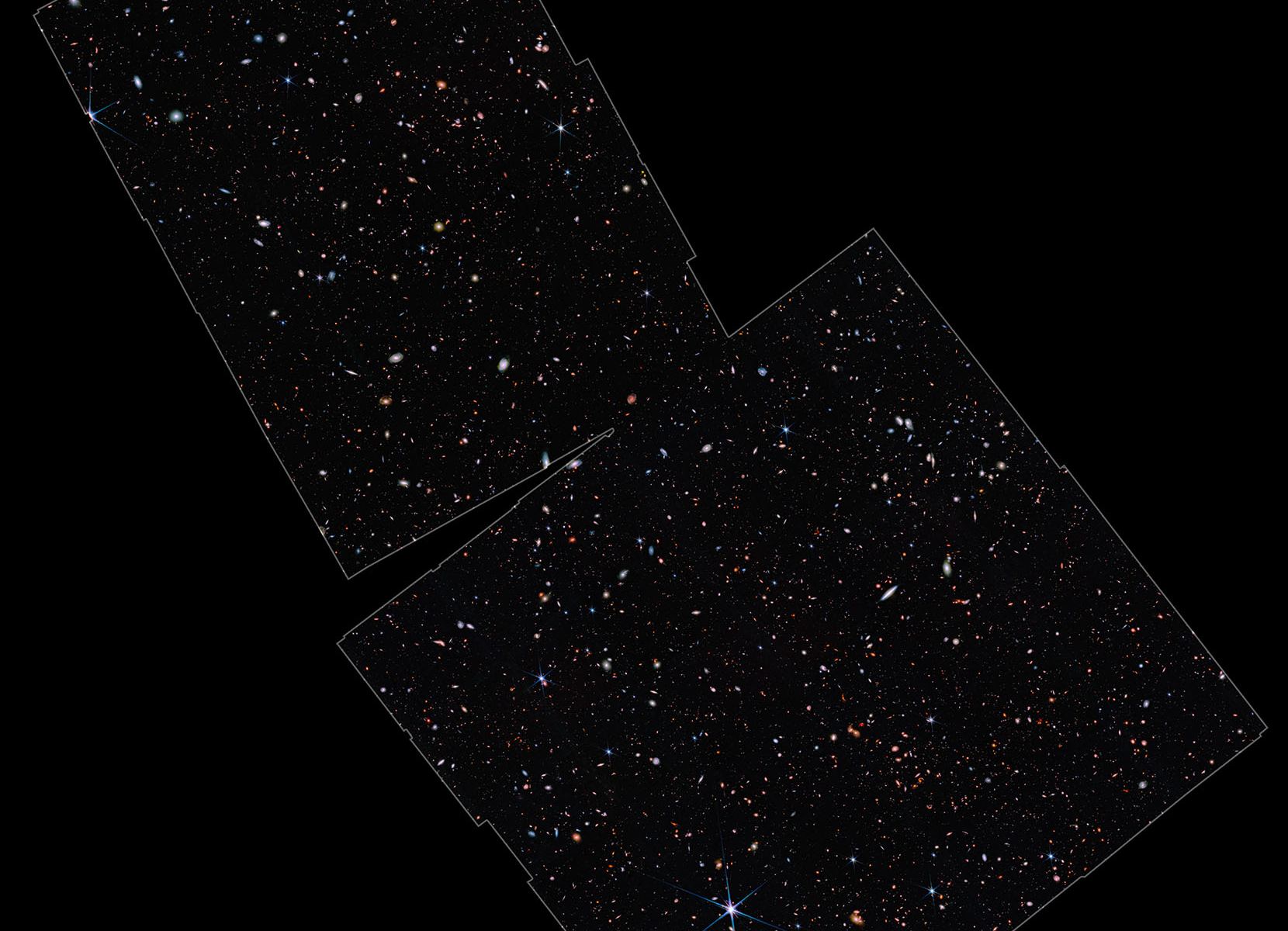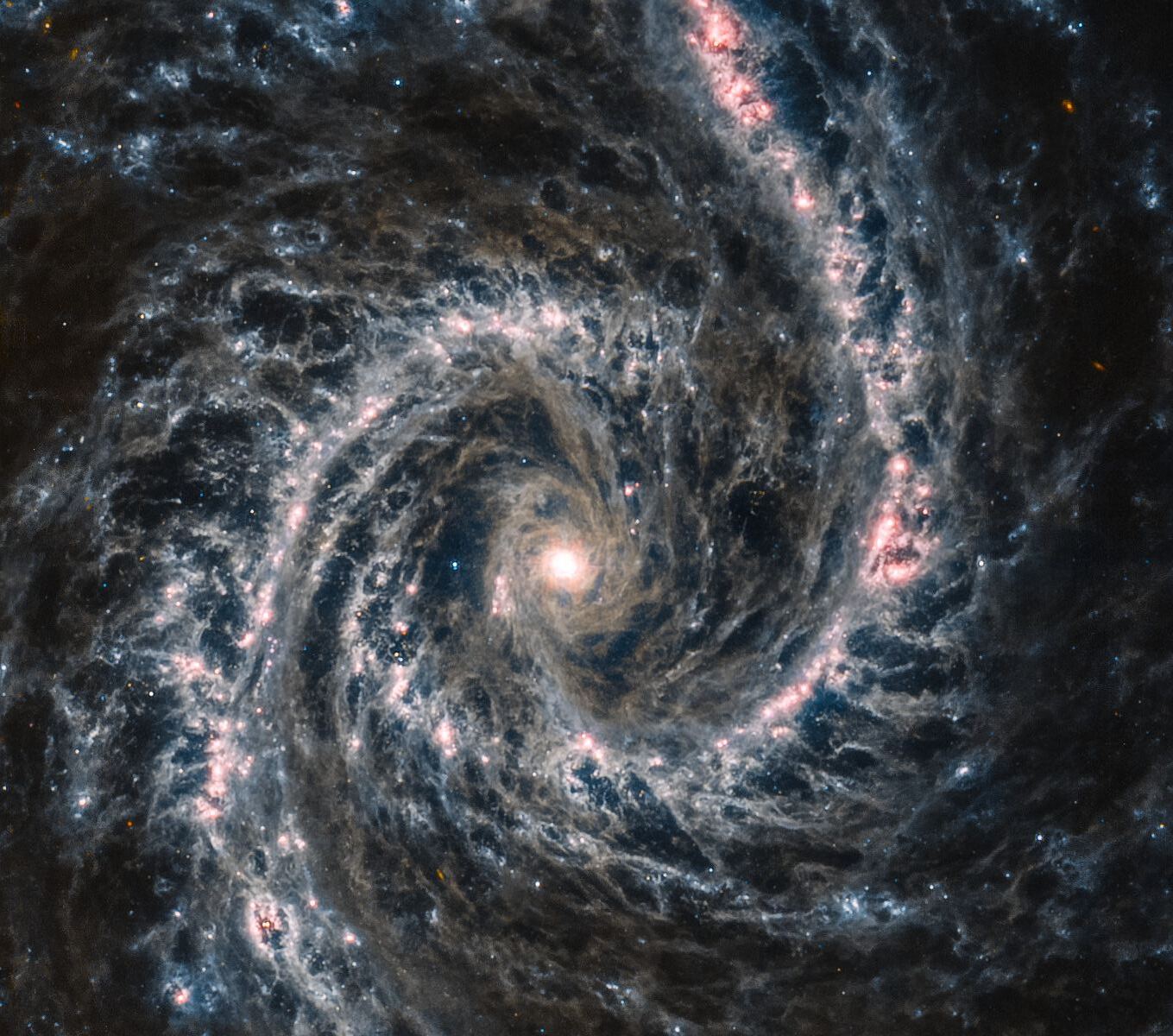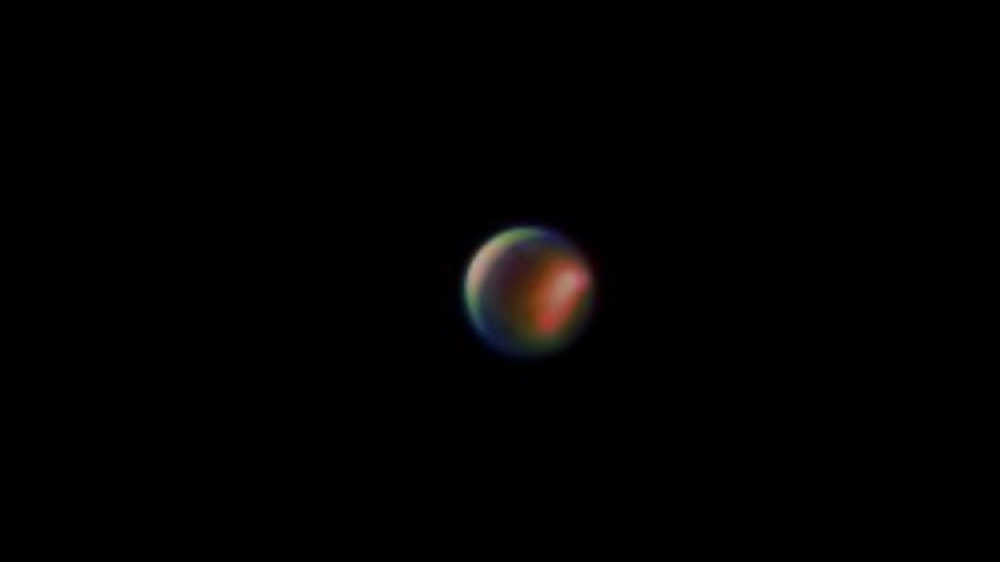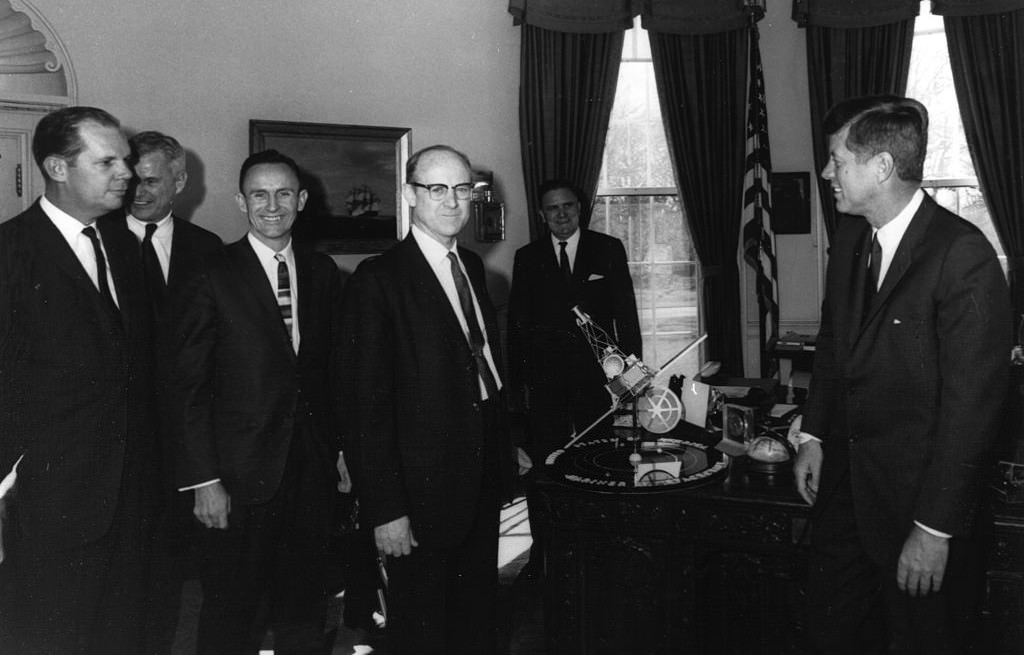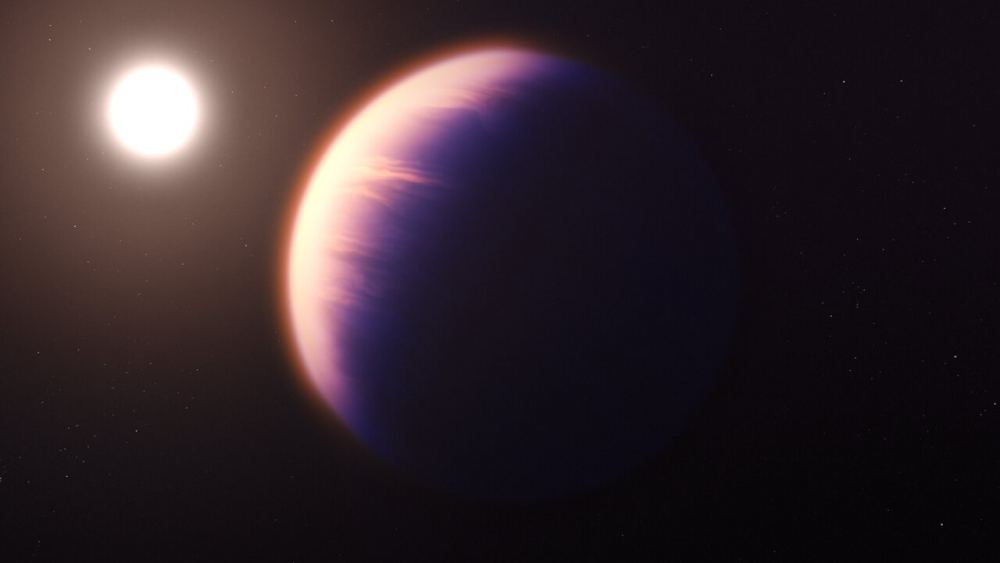When the James Webb Space Telescope lifted off from Earth on Christmas Day in 2021, it carried a lot of expectations with it. One of its scientific goals is to seek the light from the first galaxies in the Universe and to study how galaxies form and evolve.
A new paper shows that the JWST is doing just that and has found a link between the first galaxies and rare galaxies in our backyard that astronomers call “Green Pea” galaxies.
Continue reading “The James Webb Links Modern Green Pea Galaxies to Ancient Galaxies in the Cosmic Dawn”
